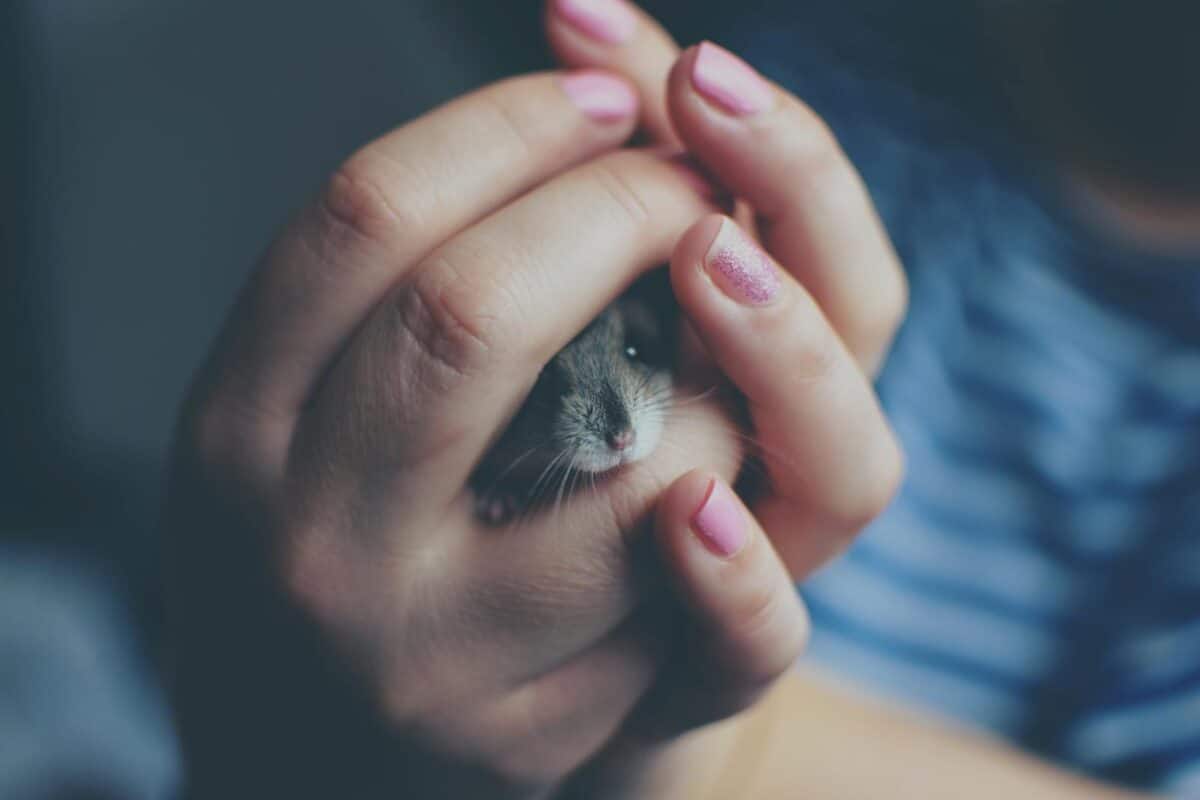Across the United States, an innovative educational trend is taking hold in elementary and middle school classrooms: hamster-based responsibility programs. These small, furry rodents are becoming powerful teaching tools, helping children develop essential life skills while learning about animal care. The humble hamster—weighing just a few ounces—is making a significant impact on how American schools approach character education and practical life skills instruction. This approach combines hands-on learning with emotional development, creating engaging educational experiences that students remember long after they’ve left the classroom.
The Rise of Classroom Pets as Educational Tools

The tradition of classroom pets has evolved significantly over recent decades. While goldfish and turtles were once the standard, hamsters have emerged as ideal classroom companions due to their relatively simple care requirements, engaging personalities, and short active periods that align well with school hours. According to a 2022 survey by the Pet Care Trust, approximately 39% of U.S. elementary schools now incorporate some form of classroom pet program, with hamsters representing about 27% of these classroom animals. This growing trend reflects educators’ recognition that direct interaction with animals provides unique learning opportunities that textbooks simply cannot replicate.
Benefits Beyond Responsibility: The Educational Impact
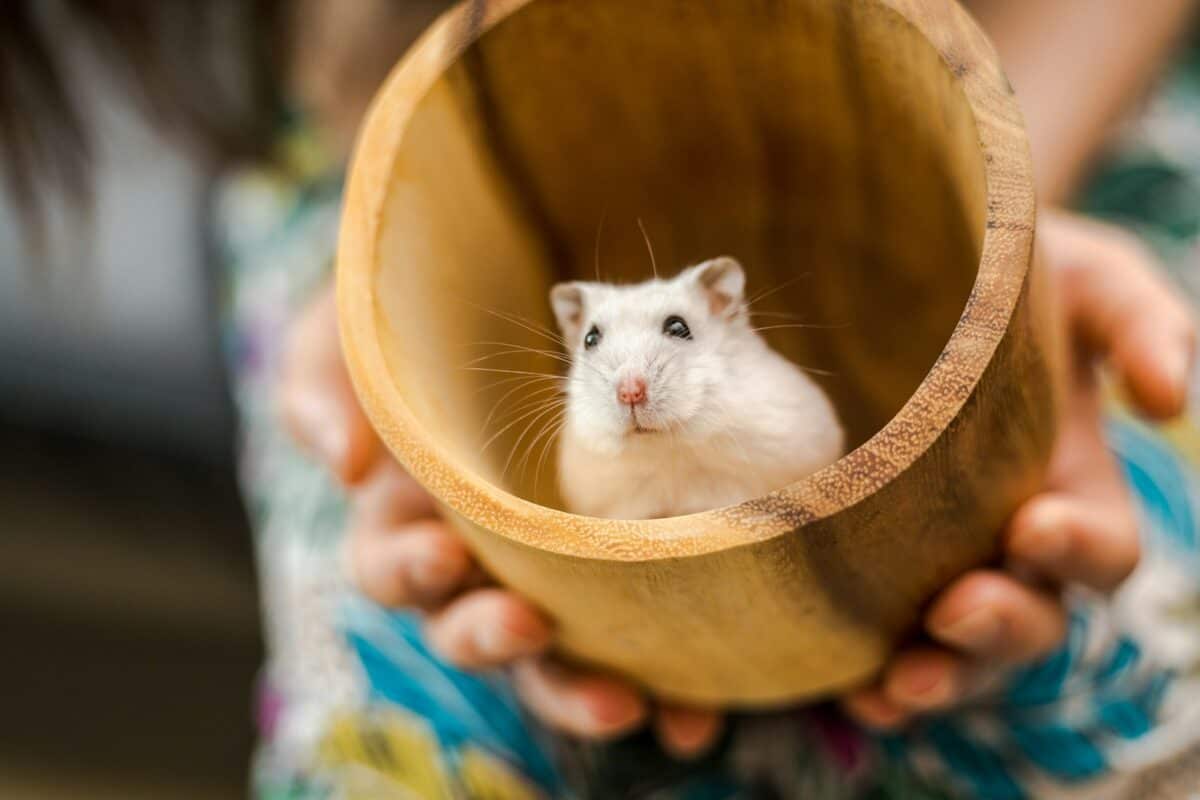
Research consistently demonstrates that classroom pets offer multifaceted educational benefits. A 2021 study published in the Journal of Educational Psychology found that classrooms with pet hamsters showed measurable improvements in students’ empathy scores, social interaction quality, and emotional regulation capabilities. Beyond teaching responsibility, hamster care integrates naturally with science curriculum (biology, animal behavior, habitats), mathematics (measuring food, calculating costs), language arts (journaling about observations), and even social studies (discussing domestication across cultures). This cross-curricular potential makes hamsters particularly valuable in educational settings where interdisciplinary approaches are increasingly valued.
The Pets in the Classroom Initiative
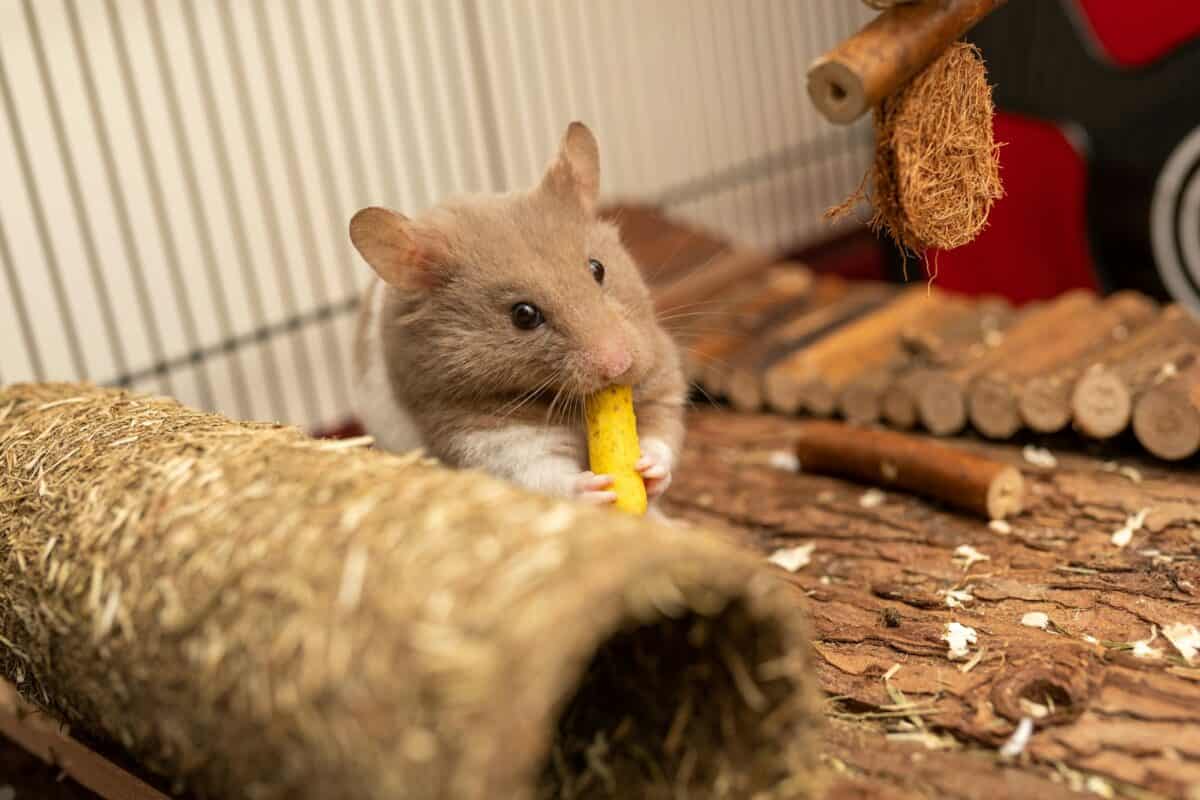
Much of the recent expansion of hamster programs in schools can be attributed to the Pets in the Classroom grant program, an educational initiative established in 2010 by the Pet Care Trust. This program has provided funding for over 175,000 classroom pets across the United States, with approximately 47,000 of these grants specifically supporting hamster habitats. The initiative offers financial support for habitat setup, food, and basic veterinary care, making it accessible for schools in diverse socioeconomic communities. By removing financial barriers, the program has democratized access to the valuable learning experiences that classroom hamsters provide, reaching an estimated 7 million students annually across all pet types.
Creating Structured Responsibility Systems

Successful hamster programs implement clear responsibility structures that distribute care tasks meaningfully among students. Many schools utilize rotating “Hamster Helper” positions, complete with task checklists, care journals, and sign-off procedures. At Lincoln Elementary in Portland, Oregon, teacher Maria Chen developed a comprehensive care calendar system that has become a model for other schools. “We created tiered responsibility levels,” Chen explains. “Students begin with basic observation tasks, then progress to food and water maintenance, and eventually graduate to habitat cleaning and health monitoring. This progression creates a growth mindset around responsibility.” The most effective programs balance structure with autonomy, allowing students to experience both the freedom and consequences of their care decisions within a safe, supervised environment.
Teaching Empathy Through Animal Care
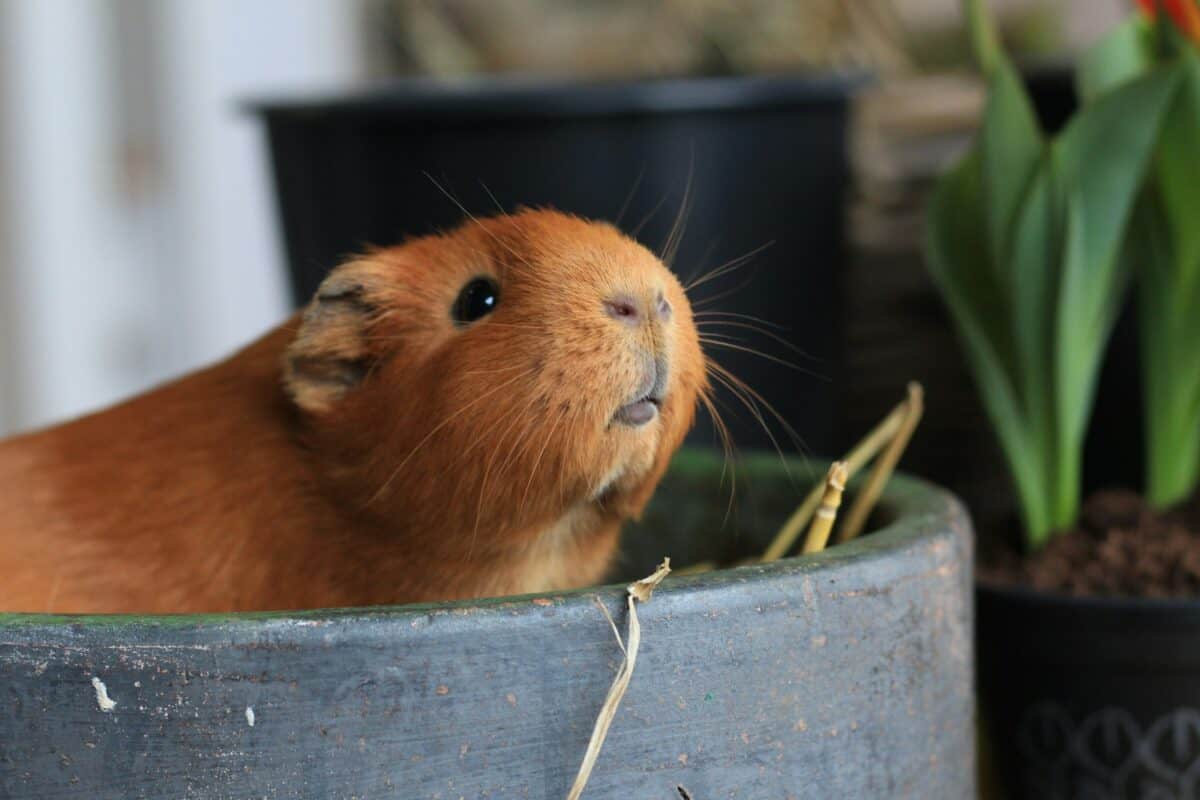
Perhaps the most profound impact of classroom hamsters is their ability to foster empathy development. Caring for a creature that depends entirely on human attention helps children understand the consequences of their actions in tangible ways. Dr. Samantha Wilkins, child development specialist at Boston University, notes: “When a child sees how a hamster responds to proper care with vibrant health and activity, or conversely, shows signs of stress when care is inadequate, they’re experiencing a powerful lesson in cause and effect that builds empathetic reasoning.” This empathy development extends beyond the classroom, with multiple studies indicating that children who participate in animal care programs show increased compassion toward peers and improved conflict resolution skills. A 2023 survey of 450 teachers using classroom hamsters found that 82% reported observable improvements in students’ empathetic behavior toward classmates.
Addressing Potential Challenges and Ethical Considerations

Despite their educational benefits, classroom hamster programs must navigate several challenges. Allergy concerns, proper weekend and holiday care arrangements, and ensuring humane treatment require thoughtful planning. Leading programs implement comprehensive protocols addressing these issues, including detailed care manuals, parent volunteer networks for holiday care, and partnerships with local veterinarians for health monitoring. Ethical considerations regarding animal welfare are paramount, with progressive schools establishing “hamster welfare committees” that include student representatives. These committees regularly evaluate habitat conditions, stress indicators, and care practices to ensure the animals’ wellbeing remains the priority. Organizations like the American Humane Society have developed specific guidelines for classroom pets that many schools now incorporate into their program structures.
Hamster Care Curriculum Integration

Innovative educators have developed specialized curriculum materials that integrate hamster care with academic standards. The “Hamster Helpers” curriculum, developed by educators at Washington State University’s College of Education, provides grade-appropriate lesson plans connecting hamster care to Common Core standards. For younger students, activities might include creating pictorial care guides, measuring and graphing food consumption, or writing creative stories from a hamster’s perspective. Middle school students often engage in more sophisticated projects, such as researching optimal habitat designs, conducting behavioral observation studies, or calculating the economics of pet care. These curriculum resources transform what might otherwise be merely a classroom novelty into a robust educational tool aligned with academic objectives.
Success Stories: Model Programs Across America

Several schools have created exemplary hamster-based responsibility programs that serve as models nationwide. Oakridge Elementary in Arlington, Virginia, implements a celebrated “Hamster Academy” where students progress through increasingly complex care responsibilities, earning badges and certifications. Teacher Leslie Montgomery reports: “Students who struggle with traditional academics often excel in our Hamster Academy, building confidence that transfers to other areas.” Meanwhile, Westlake Middle School in Denver, Colorado has integrated their hamster program with their character education curriculum, using care experiences as practical applications of their monthly virtue themes. Their “Compassion in Action” program has been recognized by the Character Education Partnership as an exemplary practice, with documented improvements in school climate measures since its implementation three years ago.
Measuring Outcomes: The Data Behind Hamster Programs
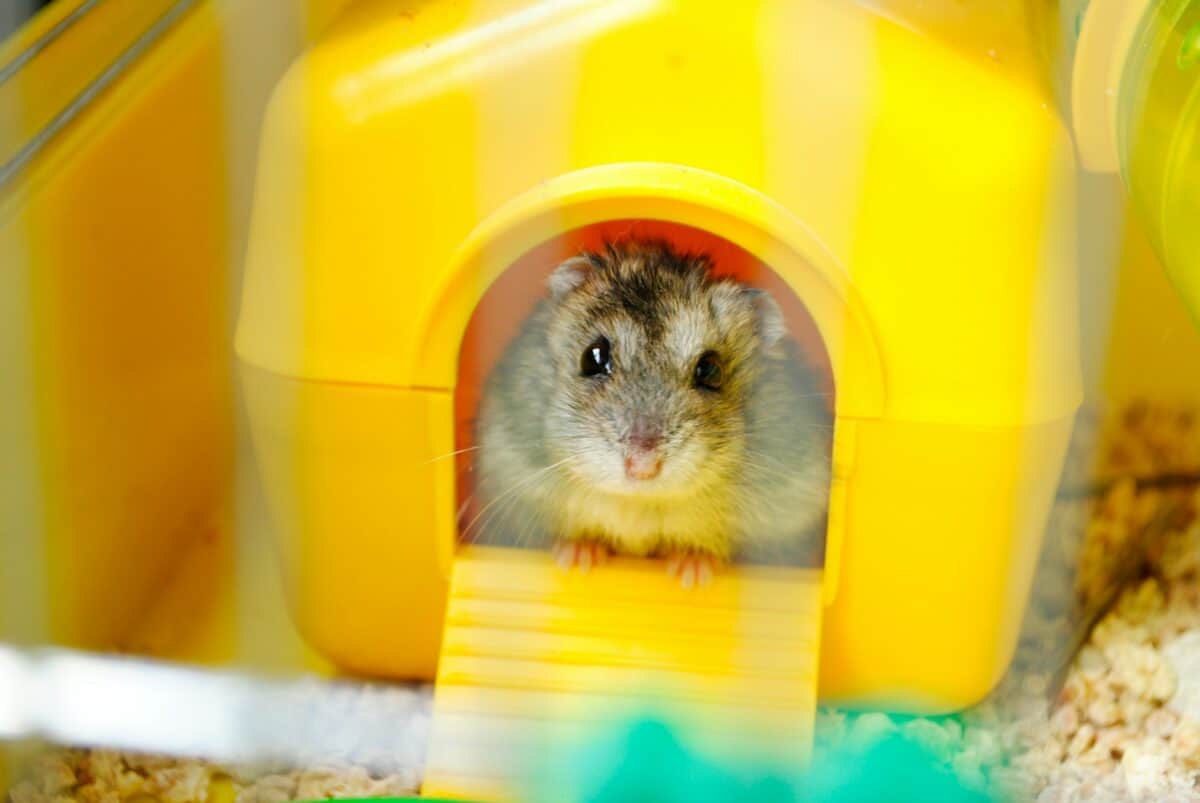
Evidence supporting the effectiveness of hamster-based responsibility education continues to grow. A longitudinal study conducted by the University of Minnesota’s College of Education tracked 24 classrooms over three years, comparing those with hamster programs to control classrooms without animal care components. Students in hamster-inclusive classrooms showed statistically significant improvements in responsibility metrics, including homework completion rates (increased by 23%), classroom task follow-through (improved by 31%), and peer accountability measures. Additionally, attendance rates improved modestly (4.2%) in classrooms with hamster programs, suggesting increased engagement. Beyond quantitative measures, qualitative data from teacher interviews consistently highlights improved classroom community dynamics and student investment in shared responsibilities.
Expanding Beyond the Classroom: Home Connections

The most successful school hamster programs create meaningful connections between classroom learning and home environments. Many schools implement “Hamster Journals” that travel between school and home, where students document observations and families can respond with questions or comments. Some programs include periodic “Hamster Helper Home Reports” where students share their learning with families. Westfield Elementary in Chicago operates a summer foster program where families can apply to host the classroom hamster during summer breaks, creating year-round continuity. Teacher surveys indicate that approximately 32% of families report purchasing pets after positive classroom experiences, suggesting that the responsibility lessons extend beyond school walls. These home connections amplify the impact of school-based programs, creating reinforcement for the values and skills being developed.
Digital Enhancements to Hamster Education

Technology is increasingly enhancing hamster-based education through innovative digital tools. Some forward-thinking classrooms have installed simple webcams in hamster habitats, allowing students to observe natural nocturnal behaviors that would otherwise be missed during school hours. Apps like “HamsterCare Pro” and “Classroom Critter Tracker” help students record care data, monitor health metrics, and even create simple graphs of activity patterns. The Massachusetts Institute of Technology’s Education Arcade recently piloted “Hamster Habitat,” an augmented reality application that allows students to visualize optimal habitat designs before implementing them. These technological enhancements don’t replace direct care experiences but rather extend and deepen the educational potential of classroom hamster programs by providing analytical tools and expanded observational capabilities.
Future Directions for Hamster-Based Learning

As hamster programs continue to evolve in American schools, several emerging trends point to future developments. Interdisciplinary approaches are expanding, with some schools now connecting hamster care to broader environmental education and discussions about human-animal relationships. Advanced programs at the middle school level are beginning to incorporate citizen science elements, with classrooms contributing behavioral observation data to university research projects through platforms like ZooniVerse. Additionally, educational researchers are exploring connections between animal care experiences and future career interests, particularly in veterinary science, biology, and human services fields. The most innovative programs are also incorporating elements of design thinking, challenging students to create improved habitats, care tools, and feeding systems—effectively merging STEM education with animal care in ways that engage diverse learning styles.
The integration of hamsters into American classrooms represents far more than simply adding a cute class pet—it reflects a sophisticated approach to character education that leverages children’s natural affinity for animals to develop essential life skills. Through structured care programs, thoughtful curriculum integration, and meaningful responsibility systems, schools are transforming these small rodents into powerful teaching tools with measurable educational impacts. As research continues to validate the benefits of these programs, more schools are likely to adopt similar approaches, recognizing that sometimes the most profound lessons come in the smallest packages. The humble hamster, with its simple needs and engaging presence, continues to prove that responsibility education is most effective when students can literally hold the consequences of their actions in the palms of their hands.
- 11 Common Animals With Secret Abilities You Never Knew About - August 17, 2025
- 9 Times Dogs Showed Unbelievable Loyalty to Their Owners - August 17, 2025
- Gardens as Safe Havens for Endangered Animals - August 17, 2025

